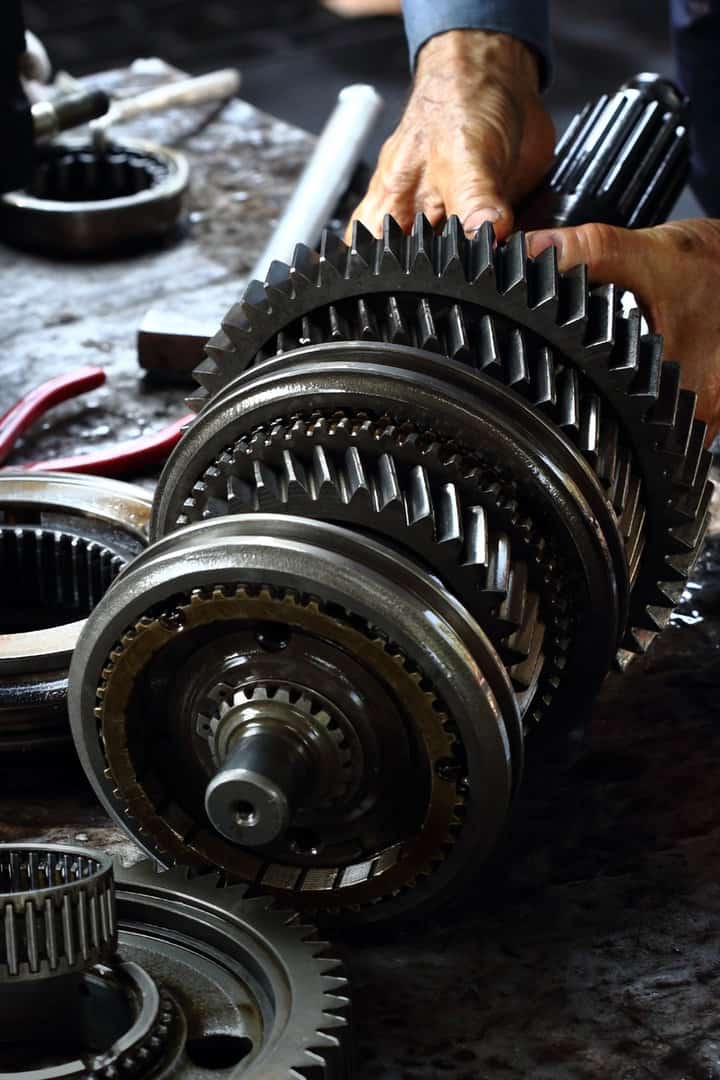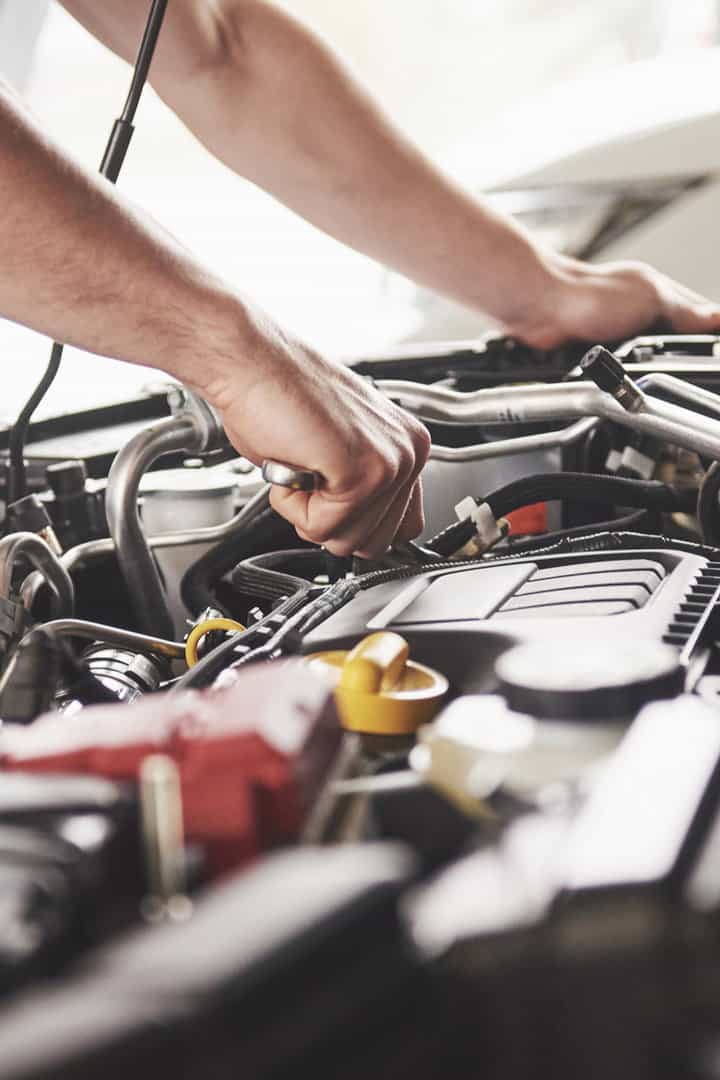
The transmission is a system in the vehicle that delivers power the engine generates to the wheels, which enable the vehicle to move. Without a functioning transmission, engines would simply be a collection of noisy parts that sits beneath the hood of a vehicle that can’t go anywhere. That said, the transmission is among the most essential components of any motor vehicle and it’s very important to ensure it remains in reliable shape for efficient and safe performance.
For any motorists, ignoring the signs of much-needed repair to a transmission could wind up as a major mistake. It is typically far more cost-effective to repair or replace individual transmission parts as needed rather than a full system replacement.
Some Basic Points to Know About Vehicle Transmissions
-For the majority of vehicles, there are a couple main transmission types: automatic or manual.
-Transmission fluid serves to cool and lubricate the multiple moving components of the transmission system.
-The main parts of the transmission consist of the computer, the planetary gearset, torque converter and the hydraulic system. A transmission service can in some ways be comparable to an oil change for the vehicle’s engine. Basically, the transmission’s fluids and its filters must be changed, which is similar to what occurs in an oil change. When it comes to the parts, if something requires replacement when you bring your vehicle in for service at our shop, it will in many cases be a pan gasket or maybe the pan gasket’s drain plug.
The pan gasket serves as a type of lining which prevents leaking of the transmission fluid. It is a fairly common problem and easy to identify. If your car is leaking transmission fluid, the culprit could be the pan gasket.
In the event there is no obvious sign of damages to the transmission and your vehicle is not displaying symptoms like slipping gears, difficulty shifting, fluid leaks or a dashboard warning light, a computer is typically hooked up to run a diagnostic scan to identify the problem.
A possible option for effectively cleaning out a system is a transmission flushing. It can help to prolong the lifespan of the transmission if there are metal particles from grinding gears and general wear floating in the transmission fluid. A flush is a good way to eliminate those particles to prevent them from causing a lot of damage. However, a transmission flush is not always necessary – a service technician can inspect your vehicle and recommend the best options.
With respect to the frequency of transmission services for your vehicle, there is no single answer. It depends upon the condition of the vehicle and its mileage.
To start, simply take a look at your manufacturer’s manual to find the recommended service intervals. Generally, though, the range will tend to be somewhere between 30,000 and 100,000 miles for an automatic transmission and in between 30,000 and 60,000 for a manual transmission.
"*" indicates required fields
This place is great! They not only fixed my truck for a fair price, but they also called me to come on for a free follow-up to make sure there were still no problems. That kind of attention to the customers' needs is rare and should I need help again I wouldn't go anywhere else!



From minor repairs to transmission rebuilds, you can expect to receive the best service in the Quad Cities area at Moline Transmission Service. Our technicians are ATRA and ASE certified, so you can be sure we'll do the job right, the first time.

When your car gives out a screeching noise when you step on the brakes, it is time for you to bring it to the professionals at Moline Transmission Service. Whether your brakes have failed or you need to get the air conditioning repaired, count on us to handle them all.
